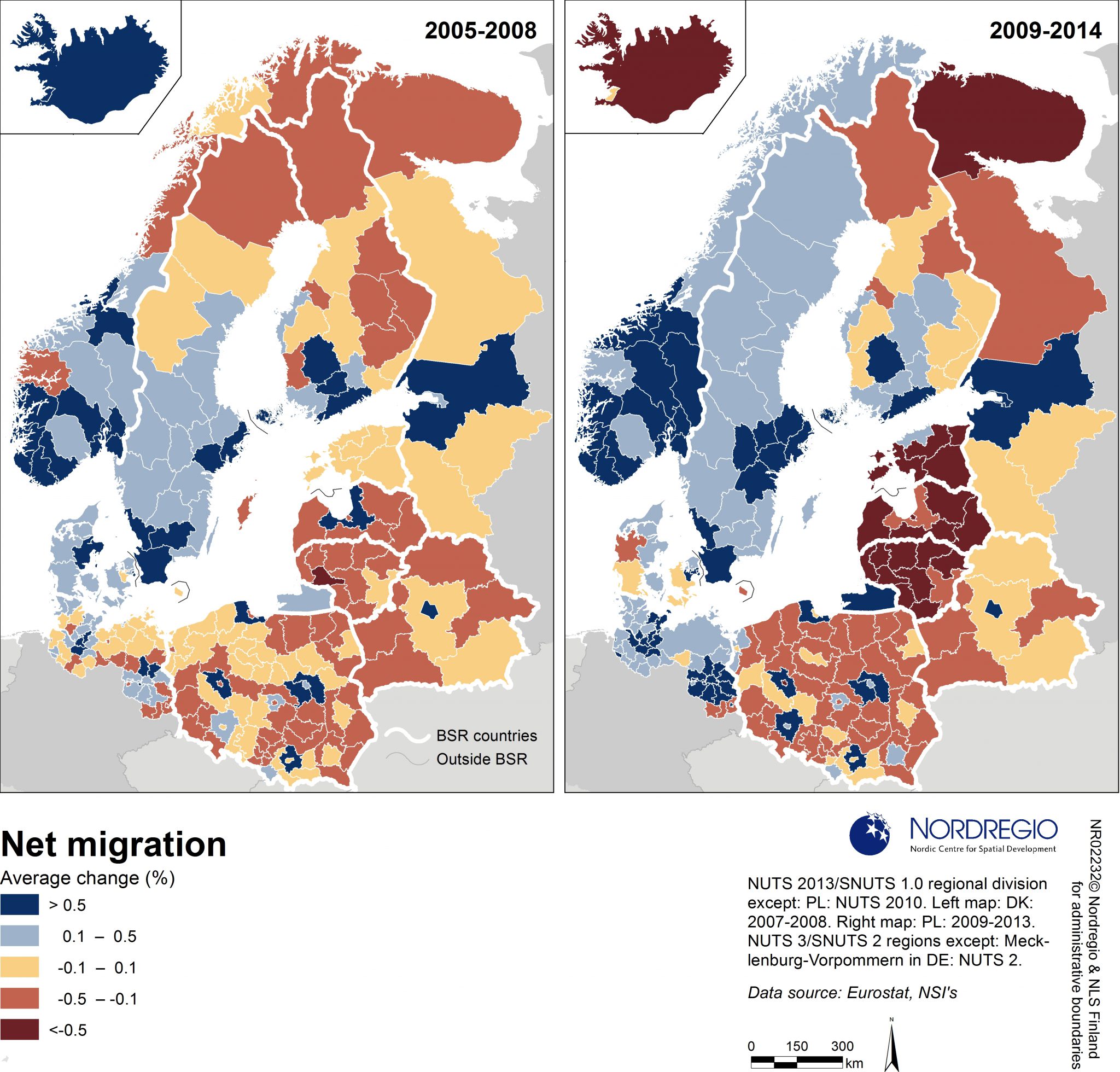Innovative governance is not only about outcomes – creative approaches to data collection, interpretation and dissemination are also vital. By thinking about data in novel ways we can cast a new light on old issues, promote cooperation between different actors and provide a solid evidence base for new ideas.
The territorial monitoring system for the Baltic Sea Region (BSR-TeMo) is a great example of a project that has done just that. Its aim is to inform the spatial development of the Baltic Sea Region by delivering policy-relevant insight based on regional level data covering a broad range of indicators. The system has recently undergone an expansion to improve its alignment with EU policy for the region, making even more useful as a tool to support cross-border cooperation on policy issues. The territorial monitoring system for the Baltic Sea Region (originally titled ESPON BSR-TeMo) was developed in 2014 through a process facilitated and funded by ESPON. It was developed in close collaboration with end users, combining scientific knowledge with input from policy-makers and other professionals. As a result, it is uniquely placed to provide macro-regional understanding that transcends both national and disciplinary boundaries. National policy-makers at Visions and Strategies around the Baltic Sea (VASAB) have identified a number of links between spatial policy and other fields of public intervention and responsibility and, based on these, have developed a number of policy briefs to inform the development of cities in the Baltic Sea Region. More recently, thanks to funding from Tillväxtverket, The Swedish Agency for Economical and Regional Growth, the scope of BSR-TeMo has been extended to improve its compatibility with the EU Strategy for the BSR. These adjustments make it particularly useful for monitoring progress towards the strategy’s three main objectives: Save the sea, Connect the region and Increase prosperity. Understanding patterns relating to these indicators at a macro-regional level has great value. It allows us to identify which regions around the Baltic Sea are encountering challenges and which are experiencing positive development, providing a solid evidence-base for future policy actions to increase cohesion and reduce regional disparities across the Baltic Sea Region.

These maps provide an example of one of the indicators under the objective Increase prosperity. They show the change in net migration in Baltic Sea Region countries before and after the financial crisis. The maps demonstrate that, while the population as a whole has been growing constantly during the last years, this growth has been unevenly distributed across the region. The populations of regions in Lithuania and Latvia have been particularly affected, with substantial population decreases since 2009. The latest edition of BSR-TeMo also includes an Index on Regional Potential for the Baltic Sea Region, providing insights into the relative performance of each region within the entire BSR macro-region. Find out how your region scored at: www.nordregio.org/research/temori
This article is part of Nordregio News #1.2017. Read the entire issue here:


